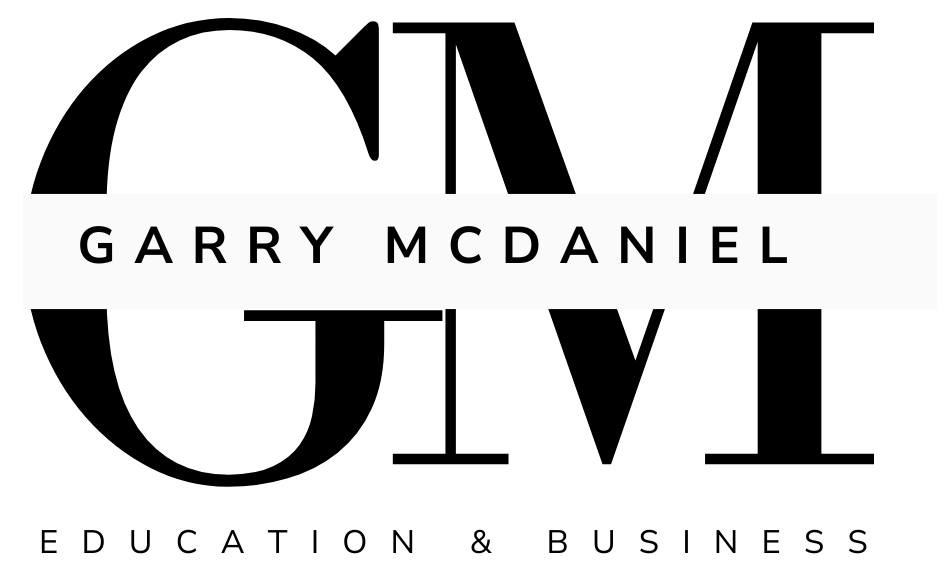Understanding organizational evolution in a global banking company
When I was invited to work with the management teams of a global banking company, the goal was clear: to break down the isolation between departments and help them understand how leadership, collaboration, and organizational structures had evolved – and where they might be heading in the future. The company faced challenges typical of large, complex organizations: some teams operated in a very traditional, hierarchical way, while others adopted an agile, decentralized approach. Tensions sometimes arose as different mindsets clashed and leaders struggled to align their teams behind a shared vision of the future.
Instead of a standard lecture or icebreaker, I designed an immersive, interactive experience rooted in the evolution of human organizations. Participants were divided into four teams, each tasked with analyzing one of the major eras in human history: Hunter-gatherer societies, the agricultural revolution, the industrial revolution and the information age. Their task was to investigate how people in their era formed organizations, what level of education was required and who took on the role of leader.
The energy in the room was electric as each team delved into their assigned era, brainstorming and debating their findings. The hunting and gathering team described small, fluid groups that relied on instinct and adaptability, where leadership was situational and based on skill rather than hierarchy. The Agricultural Revolution team identified the transition to stability, land ownership and structured leadership based on inherited power and social roles. The Industrial Revolution team described in detail the emergence of rigid hierarchies, mass education and centralized leadership, while the Information Age team emphasized the shift towards knowledge work, technology-based collaboration and flatter organizational structures.
Once each team had presented their findings, a fascinating discussion ensued. Teams challenged each other’s assumptions, drew connections across time periods, and recognized that just as technology has driven humanity’s progress, organizational structures and leadership models have evolved with it. A turning point came when we asked: What stage are we operating in today?
Some teams realized that they were still operating within the industrial revolution mentality, with strict hierarchies and rigid reporting structures, even though their work required adaptability and innovation. Others moved on to the dynamics of the information age, using technology and decentralized decision-making. And then came the most important question: What’s next?
Inspired by Frederic Laloux’s work in Reinventing Organizations, we explored emerging trends in self-managing teams, purpose-driven work, and fluid leadership models that reflect the fast-paced, interconnected nature of the modern world. This conversation sparked a shift in perspective – teams began to recognize that leadership is not just about power, but also about creating environments in which people can thrive. They discussed new ways of collaborating across departments, adopted adaptive leadership styles, and prepared for the next evolution of work.
The impact was huge. Over the next few months, leaders implemented cross-functional collaboration initiatives, introduced more flexible decision-making processes, and encouraged teams to experiment with self-organization. The company saw a noticeable improvement in communication, engagement, and innovation as employees adopted a more dynamic, forward-looking approach to their roles.
This experience reinforced what I have long believed: to shape an organization’s future, we must first understand how it has evolved. By stepping back and reflecting on their history, these teams gained clarity about where they stand—and the courage to reimagine where they can go.
